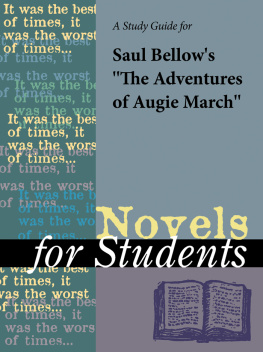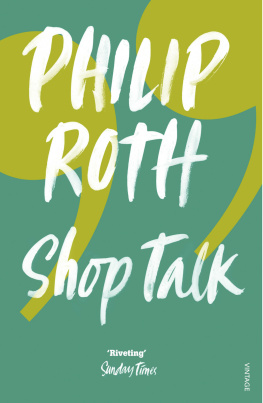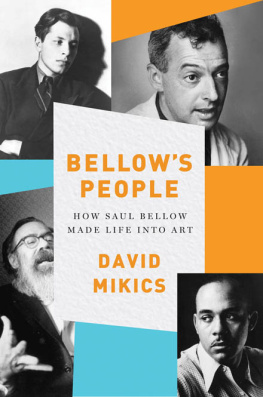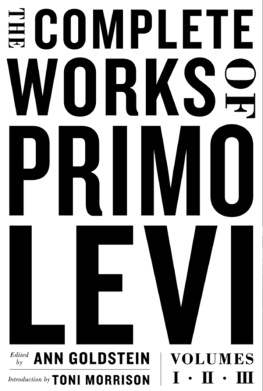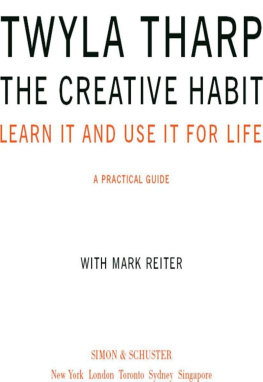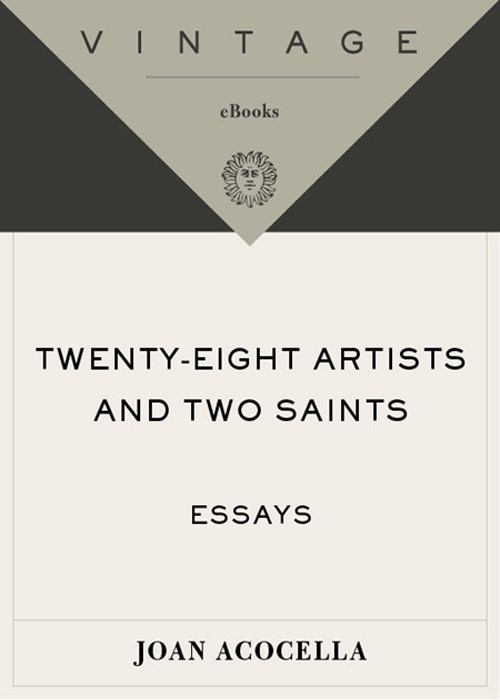
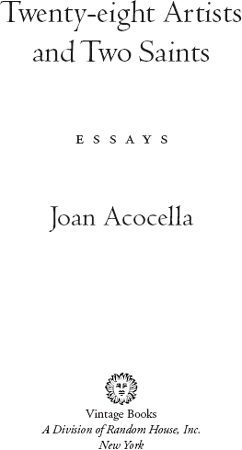
Contents
In memory of my father, Arnold Ross
Illustrations
( Berenice Abbott/Commerce Graphics, NY)
(James Whitmore/Getty Images)
(Museo Sveviano Trieste)
(Imagno/Getty Images)
(RDA/Getty Images)
(Photograph by Carlos Freire)
( Jerry Bauer)
(Imagno/Getty Images)
(Nimatallah/Art Resource, NY)
(Jerome Robbins Dance Division, The New York Public Library for the Performing Arts, Astor, Lenox and Tilden Foundations)
(As published in Life and Paris-Match in 1939)
(Balanchine is a trademark of the George Balanchine Trust, photo courtesy of New York City Ballet Archives, Ballet Society Collection)
(V&A Images/Victoria and Albert Museum)
( UA/Photofest)
( Martha Swope)
( Max Vadukul)
(Photo by Phillippe Halsman Halsman Estate)
(Billy Rose Theatre Division, The New York Public Library for the Performing Arts, Astor, Lenox and Tilden Foundations)
( Annie Leibovitz/Contact)
(Photo by Carl Van Vechten, courtesy Enoch Pratt Free Library, H. L. Mencken Collection)
(Courtesy of Photofest)
(The Schlesinger Library, Radcliffe Institute, Harvard University)
(Photograph Richard Avedon. Courtesy The Richard Avedon Foundation. Copyright 2003 The Richard Avedon Foundation)
(Harry Ransom Humanities Research Center, The University of Texas at Austin)
(Louise Bourgeois, 1982 Copyright The Robert Mapplethorpe Foundation. Courtesy Art + Commerce)
(Tara Heinemann/Camera Press/Retna)
(Henri Cartier-Bresson/Magnum Photos)
(Ian Cook/Getty Images)
(Courtesy Center for Creative Photography, University of Arizona 1991 Hans Namuth Estate)
(Jane Bown)
(Path/Photofest)
Introduction
C OLLECTED here, with minor revisions, are thirty-one essays that I have written on artists, plus two saints, in the last fifteen years. As I was deciding what to include, I thought I was simply choosing the pieces that I liked best, and wanted to send out into the world again. But as I read through them, a single theme kept coming up: difficulty, hardship. I am not referring to unhappy childhoods. It is commonly believed that a normal pattern for artists is to endure a miserable childhood and then, in their adult work, to weave that straw into gold. This may be true. Some of my subjects (Dorothy Parker, Marguerite Yourcenar) were motherless; some had mothers such that they might have been better off motherless. But that storyearly pain, conquered and converted into artis not what interests me. My concern is the pain that came with the art-making, interfering with it, and how the artist dealt with this.
When I moved to New York in 1968, I fell in with a group of young artists whom I was often awed by. "What will they become?" I thought. They were so brilliant, so bold. And as the years passed, I found out something that my elders could have told me. There are many brilliant peoplethey are born every daybut those who end up having sustained artistic careers are not necessarily the most gifted. Over time, our group lost many of its membersto bad divorces, professional disappointments, cocaine. The ones who survived combined brilliance with more homely virtues: patience, resilience, courage.
Insofar as this collection of essays has a subject, that is it. In the postwar period there was a widespread assumptioncousin to the unhappy-childhood theorythat art was born of neurosis. This view, which still underlies many biographies coming out today (see the essays on Primo Levi and Jerome Robbins), received its classic statement in Edmund Wilson's 1941 book The Wound and the Bow. In that collection of essays, Wilson described the psychic damage suffered in childhood by a number of artists. Then, in the final, title essay, he concluded that "genius and disease, like strength and mutilation, may be inextricably bound together." His symbol was Philoctetes, in Sophocles' play of that name. A champion archer recruited by the Greeks for their campaign against Troy, Philoctetes was bitten by a snake on the way to the war, and the wound did not heal. It festered; it smelled; it caused him to howl and have fits. The Greeks finally decided that they couldn't take him with them, so they abandoned him on a remote island, where he lived alone for ten years. But without him, they eventually found, they could not win the Trojan War. And so, in the play, Odysseus is sent back to the bleak island to reenlist the ailing warrior. That was Wilson's image for the artist's relation to society. The artist might smell or scream or act badly. Still, the world needed him. With the wound came the bow. Though many of Wilson's artistic colleagues drank themselves to death, that was the price of their work. In the famous words of Edna St. Vincent Millay, they burned their candle at both endsa choice that made their light brighter, though briefer.
This makes a kind of sense. It describes the life of many of the artists of the early modern period: Fitzgerald, Hart Crane, indeed Millay. How could we have had the wonderful, black novels of Nathanael West, we think, had West not been a suicidally reckless driver, such that some of his friends wouldn't get in a car with him? (He died at thirty-seven, with his new wife, in a car accident. He ran a stop sign.) Don't the two things, risk and genius, seem to go together? And doesn't the pairing seem to do these people some justice? They were right; Mrs. Grundy was wrong.
But my view of things is more Grundy-esque: that what allows genius to flower is not neurosis, but its opposite, "ego strength," meaning (among other things) ordinary, Sunday-school virtues such as tenacity and above all the ability to survive disappointment. Of course, luck plays its part, too. In the interview with Penelope Fitzgerald that I describe in my essay on her, something I do not mention is her saying to me, regarding the turn-of-the-century poet Charlotte Mewlargely forgotten today, but the subject of a book by Fitzgeraldthat Mew might have had a real career had it not been for "bad luck." Hearing this, I thought it might be a species of sentimentality, or extreme fatalism, on Fitzgerald's part. Now I recognize it as a statement from a person who knew the score. Another instance of the operation of sheer luck is the story of the Triestine novelist Italo Svevo. In his thirties Svevo wrote two novels; he had to publish them at his own expense, and they were altogether ignored. He then gave up, and settled down as the director of a paint manufacturing firm. Almost certainly, he would never have written another novel had he not, in his forties, for business purposes, hired an English tutor who turned out to be the young James Joyce. At that point, Joyce had not published a book, but he was known to have literary interests, and so, eventually and shyly, Svevo brought out copies of his two, forgotten novels and gave them to his tutor. At their next session, Joyce praised these books to the skies, and told Svevo he had a rare talent. This strange accident, combined with a second onethe First World War, during which the paint company was closed down, leaving its director with time on his handsresulted in Svevo's going back to his desk and writing
Next page


